Raw Cannabis In The Kitchen, The Medicine Cabinet and In The Regenerative Garden
Exploring Raw Cannabis as a Superfood and ingredient in powerful topical medicines. Today we dive into how to integrate cannabis into our garden and engage with its many gifts without getting high.
When many people hear the word Cannabis or “marijuana” they think of people getting stoned by smoking or eating psychoactive cannabis edibles, but along with the plant’s intoxicating forms Cannabis has also a long history of non-mind altering uses (many of which are just beginning to be fully understood by modern science).
Cannabis is one of the oldest domesticated crops known to man, dating back as far as (or perhaps further than) 8,000 B.C. It should come as no surprise that with all the benefits cannabis contains, as well as the way it works in harmony with the endocannabinoid system, that many experts believe cannabis should be considered to be just as powerful of a superfood as other greens like kale, moringa, blueberries, and broccoli. What’s being discovered now is the nutritional power and overall beneficial health effects of raw cannabis.
Benefits of Eating Raw Cannabis
Smoking, vaping and cooking cannabis all affect the chemical composition to some degree. Inhaling burning plant material of any kind is harmful to one’s lungs so that is always a downside of typical recreational cannabis use. Also, while some of the changes that result form heating/burning create beneficial chemical reactions, others are detrimental. Many of the vital molecules within cannabis—namely terpenes and cannabinoid acids—are volatile and sensitive to high temperatures. Consuming raw cannabis keeps these compounds in their natural state, allowing one to access those phytochemicals that disappear or change when smoked.
While there are indeed a number of powerful health benefits to the decarboxylated forms of the cannabinoids present in the Cannabis plant (such as tetrahydrocannabinol or “THC”, cannabinol or “CBN”, cannabidiol or “CBD”, cannabigerol or “CBG”, and cannabichromene or “CBC”) as stated above, the main focus of this article will be on the raw forms of cannabis plant material and it’s constituent medicinal/nutritional compounds.
Consuming raw cannabis enables users to stimulate their endocannabinoid system—a regulatory network that keeps the body in balance—without getting high or having to inhale anything in the process. Raw cannabis could very well become a popular functional food of the future.
Raw cannabis is not psychoactive unless heated, and it contains powerful disease-fighting compounds known as cannabinoids.
Cannabinoid Acids
Raw cannabis contains very different molecules to those inhaled after combustion or vaporisation. THC, CBD and other cannabinoids don’t actually exist in raw cannabis. Instead, they’re packed with their chemical precursors—cannabinoid acids. Cannabinoid acids feature a carboxyl group that is lost after being exposed to heat, a process known as decarboxylation. For example, non-psychoactive THCA converts to psychoactive THC, and CBDA converts to CBD.
Cannabis scientists have discovered that these chemicals possess their own unique benefits compared to their post-decarboxylation counterparts. Check out the below lists of properties to learn what the main cannabinoid acids have to offer.
THCA:
Non-psychoactive, because it does not bind to the CB1 and CB2 receptors
Boosts endocannabinoid production
Binds to enzymes involved in the cyclooxygenase pathway (responsible for inflammation), reducing the effects of inflammation
Relaxs an upset stomach, symptoms of IBS, and obesity-induced digestive inflammation
Inhibits the proliferation of cancerous cells
An effective neuroprotectant against neurodegenerative diseases
CBDA:
Non-psychoactive
Boosts endocannabinoid production
Elevates the mood without intoxicating, more so than CBD
and more
History, Cultural and Economic Significance of Cannabis:
The use of this plant is as old as civilization. In ancient times, stalks of the wild hemp plant were harvested for the fibre that can be spun into thread and then clothing. Traces of hemp fabric dates back nearly 10,000 years with archeologists finding remnants in Iraq and China. In Iraq, hemp was spun into cloth around 8,000 BC while Europeans inculcated hemp in their lives by 1,200 BC.
Cannabis has also been used by certain people as a sacrament for decades and in some cases maybe centuries. Rastafarians use the plant for meditation and spiritual ceremonies, gathering in a “reasoning” to give praise to Jah (God), who they believe bestowed the herb to man in order to invoke thoughtful insight and self-reflection.
Rastafarians believe cannabis is mentioned in the Bible in Psalm 104:14 where it was written, “he causeth the grass to grow for the cattle and herb for the service of man….”
And in Revelation 22:2 “the herb is the healing of the nations.”
Rastafarianism believes cannabis was used as a sacrament by Moses and the Israelites. Rastas and some Jewish people believe the plant kaneh bosm, mentioned five times in the Old Testament, was in fact cannabis and an important sacrament for Judaism. Some Jewish scholars disagree on the translation, but if correct it would imply that the Hebrew Bible was originally blessed with cannabis oil. In the Sufi tradition, cannabis is considered a vehicle to God and a “method to open the mind for the divine.” While intoxication is considered antithetical to Sharia in the minds of orthodox Muslims, Sufis interpret the Qur’an less literally. Also, they note that cannabis isn’t explicitly prohibited, unlike alcohol.
And much like Sufis, there are certain followers of Hinduism who consider cannabis sacramental. According to the Vedas, cannabis is one of five sacred plants delivered to Earth by Shiva to purify amrita – the elixir of life. One of the oldest and and finished medical textbooks found to this day is The Ebers Papyrus. It has been discovered in Egypt in 1870s and has been estimated to have been written in 1500 BC, however archeologists argue that it might date back even further, to around 2000 BC.
The Ebers Papyrus contains a prescription of hemp to be used in order to treat inflammation and reduce pain, caused by other diseases.
More recently, after the rise of corporate monopolies and their oligarchic influence over governments, personal use and residential cultivation of this sacred and highly practical plant was prohibited as people having easy access to this plant (and her many gifts) threatened the profits of some industry giants.
Hemp is technically the exact same plant as Cannabis, except for with hemp strains of cannabis the THC levels expressed in the plant are very low. Thus, what people do with hemp fibers can also be done with cannabis fibers.
(below is a close up image of a particular section of the article in the picture above that offers pertinent info on the history of hemp/cannabis prohibition in the US and Canada)
More recently, Cannabis threatened to cut into Big Pharma’s profit margins and so that became another corporate lobby pressure that endeavored (and still endeavors) to make/keep cannabis illegal. Pharmaceutical companies are spending big money keep prohibition around. Certain anti-cannabis academics are funded by big pharma.
Several studies have seen a distinct drop in opioid prescriptions after medical cannabis was legalized in a given state. Even more generally, some research has linked access to medical cannabis with an overall drop in prescription drug use.
Economists has estimated the legalization of medical and recreational cannabis over the past 25 years has cost pharmaceutical companies billions of dollars in lost sales. And, if the US were to legalize cannabis across the whole country, pharma stocks could rapidly drop by over 10 percent.
As people learn about the many medicinal benefits of this sacred plant they begin to lessen their use of the toxic petroleum based synthetic drugs that are pushed by big pharma.
There's a body of research showing that painkiller abuse and overdose are lower in states with medical marijuana laws.
Also, a new study, released in the journal Health Affairs, validates these findings by providing clear evidence of a missing link in the causal chain running from medical marijuana to falling overdoses. Ashley and W. David Bradford, a daughter-father pair of researchers at the University of Georgia, scoured the database of all prescription drugs paid for under Medicare Part D from 2010 to 2013.
They found that, in the 17 states with a medical-marijuana law in place by 2013, prescriptions for painkillers and other classes of drugs fell sharply compared with states that did not have a medical-marijuana law. The drops were quite significant: In medical-marijuana states, the average doctor prescribed 265 fewer doses of antidepressants each year, 486 fewer doses of seizure medication, 541 fewer anti-nausea doses and 562 fewer doses of anti-anxiety medication.
But most strikingly, the typical physician in a medical-marijuana state prescribed 1,826 fewer doses of painkillers in a given year.
In places where the government has seen how much they can profit from making Cannabis legalized (through taxation and creating licensing monopolies) like Canada the big pharma companies have shifted their tactics from lobbying for prohibition to attempting to pillage this plant in the laboratory by isolating chemical compounds and creating synthetic versions and/or genetically engineering the plant so it can be patented.
In Hyasynth Biologicals laboratory in Montreal, scientists are working on genetically engineering the active ingredients in cannabis and then patenting them. Hyasynth is part of a new wave of genetic engineering firms across Canada and the U.S., splicing and dicing molecules found in cannabis plants, hoping to pillage these molecules, force mutant transgenic plants to express them in inordinate amounts and then claim that they invented them (for profiteering).
Leading the charge on the corporate attack on the genetic integrity of this sacred plant in the U.S. is George Soros, a major shareholder in what was once called Monsanto (now part of Bayer Pharmaceuticals corporation), the world's largest seed company and producer of genetically modified seeds. Monsanto is the biotech giant that brought you Agent Orange, DDT, PCBs, dioxin-based pesticides, aspartame, rBGH (genetically engineered bovine growth hormone), RoundUp (glyphosate) herbicides, and RoundUp Ready crops (seeds genetically engineered to withstand glyphosate).
Monsanto is now developing genetically modified (GMO) forms of cannabis, with the intent of cornering the market with patented GMO seeds just as it did with GMO corn and GMO soybeans. For that, the plant would need to be legalized but still tightly enough controlled that it could be captured by big corporate interests.
Here in Ontario, Canada (at present day) another ugly side of Corporate Cannabis production takes the form of massive government licensed hydroponic cannabis greenhouse operations (run by companies like Aphria). These operations build endlessly expanding greenhouses made of cement, metal, plastic and glass that cover hundreds of acres, suffocating the soil beneath them and creating immense light pollution with their grow lights at night.
Sometimes the light pollution and unusual glowing shapes in the illuminated clouds at night gets so bad that people way over in Detroit or across Lake Erie start freaking out and thinking aliens are invading.

As these huge greenhouse operations expand in all directions at breakneck speeds they buy up farm land and then cover the soil with their massive energy sucking hydroponic chemical laden cannabis growing operations.
The more of these energy guzzling petroleum (natural gas) burning greenhouses that are built the more power they need for their grow lights and so massive wind turbines, powerlines and substations are being built all over the area.

I came across one of the new projects being constructed to facilitate the immense power requirements of these hydroponic growing operations last year and it was disturbing to witness. It looked like something from a sci-fi movie, like a scene from some futuristic terminator movie showing the AI's main base or some kind of Borg infestation.

It went on for kilometers in all directions.. expanding into what was once farm land (and before that what was once Carolinian forest).. an endless grid of gargantuan towers, transformers and massive cables.
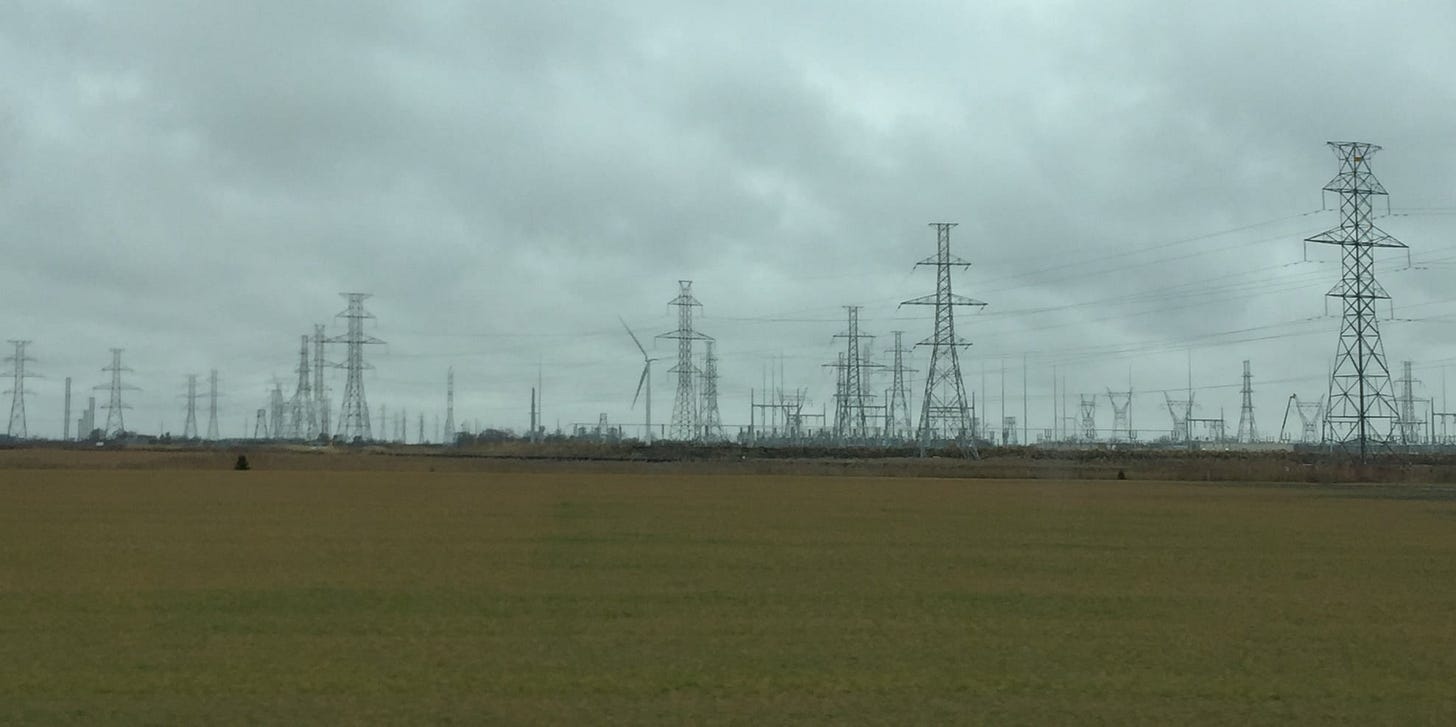
I was to discover this is part of a new project that is meant to help provide more power to the perpetually expanding monolithic greenhouse facilities that operate in and around Leamington.

These greenhouses go on forever near where live and it seems like every other day a corn or soy farmer decides they have tilled and sprayed the soil into oblivion and can no longer get profitable yields (at which point they sell their property to the greenhouse developers). They seem to appear almost over night, these imposing giant blocks of plastic, glass and steel.. suffocating the land and drowning out the stars with the glow of their grow lights.
In fact, due to the grow lights they operate (365 days a year) most nights our skies also look like a scene out of a sci-fi film.


This constant light emanating from the greenhouses is very detrimental to the surrounding trees and wildlife (especially migrating birds).
It is also worth mentioning that while some of the power used for these grow lights comes from wind turbines (which have their own environmental detriments) and hydroelectric systems in the Niagara region, there is also a portion of the power feeding into these endless soil suffocating synthetic chemical guzzling greenhouse operations which is produced by Nuclear Power plants.
So now we have to witness land that was once mature Carolinian forest (horizon to horizon), which became petroleum dependent (mostly transgenic) industrial monoculture corn/soy farms and is now morphing into a landscape covered in hydroponic greenhouses (with insanely power hungry grow lights partially powered by dilapidated nuclear power plants and heating systems powered by petroleum) that produce nutrient deficient shiny 'food' items (hydroponically grown tomatoes, peppers and cucumbers) and chemical laden cannabis that serves neither the land nor the people who are ingesting what these operations produce.
For more information :
Big Pharma loses billions every time a state legalizes weed: https://www.leafly.ca/news/industry/big-pharma-reportedly-loses-when-states-legalize-weed
U.S. cannabis laws projected to cost pharmaceutical firms billions: https://journals.plos.org/plosone/article?id=10.1371/journal.pone.0272492
One striking chart shows why pharma companies are fighting legal marijuana: https://www.washingtonpost.com/news/wonk/wp/2016/07/13/one-striking-chart-shows-why-pharma-companies-are-fighting-legal-marijuana/
Investors rush to patent genetically modified cannabis molecules: https://www.cbc.ca/news/business/cannabis-genetic-biotech-patents-gmo-1.4854746
Corporate Cannabis: https://www.bvresources.com/blogs/intellectual-property-news/2019/04/09/corporate-cannabis-one-hitter-or-here-to-stay
Oooookay! Whew! That was a lot of bad news about the corporate and government abuse of the land and the sacred plant that is Cannabis. So, now that we took an honest look at the good and bad and the ugly side of the history of Cannabis (leading up to modern day corporate interests attempting to capitalize on this sacred plant) we can see how important it is for those of us that have an interest in working with this powerful medicine and food plant to get access to good quality organic heirloom varieties and to preserve those genetics through cultivating them regeneratively.
Now that we know the truth about the interests behind suppression/prohibition of hemp and cannabis cultivation as well as the truth about the Corporate interests looking to corrupt, abuse, enslave and profiteer from this sacred plant, let us get back to exploring the many reasons why when this plant is grown in living soil, regeneratively (without chemicals and with natural sunlight) it can offer immense health benefits in both the kitchen and in the medicine cabinet.
Cannabis Nutritional Content
From a nutritional perspective, cannabis is one of the healthiest foods you could possibly eat. It’s a leafy, green vegetable that’s loaded with protein, fibre, antioxidants, and a variety of vitamins and minerals.
It can be blended up into a smoothie with other fruits and vegetables, pressed into a raw juice, or even eaten in a salad. The possibilities are limitless and the nutritional content is impressive.
When used just as you would any other vegetable (in a smoothie, salad, juiced etc), cannabis provides some pretty awesome health benefits:
Cannabis Leaf/Flower:
• Rich source of fibre
• Flavonoids
• 9 Essential Amino acids
• Essential oils
• Magnesium
• Calcium
• Phosphorous
• Polyphenols (which are well known anti-oxidants that help protect the body from aging.)
• Chlorophyll (Before cannabis dries, it is loaded with chlorophyll, a pigment present in all green plants responsible for the absorption of light to provide photosynthesis. Chlorophyll is known to contain a variety of health benefits including: Anti-aging for skin, Fighting certain types of cancer, Detoxification, Treating inflammation, Improving iron content.)
Cannabis Seeds:
• Protein
• Carbohydrates
• Insoluble fibre
• Beta-carotene
• Phosphorous potassium
• Magnesium
• Sulphur
• Calcium
• Iron
• Zinc
• Vitamins E, C, B1, B3, B6 essential fatty acids.
Flavonoids
Flavonoids usually fly under the radar when it comes to cannabis-related discussions. Cannabis smokers are often more preoccupied with cannabinoid and terpene profiles. The flavonoids, however, are a significant factor . These diverse phytochemicals are found in a range of superfoods, from kale and broccoli, to berries and tea.
Flavonoids play an important role in cannabis plants. These pigments colour plant tissue in order to attract pollinating species, and also to protect plants from UV rays and pathogens. Specific flavonoids found in cannabis include:
Cannflavin A
Cannflavin B
Kaempferol
Quercetin
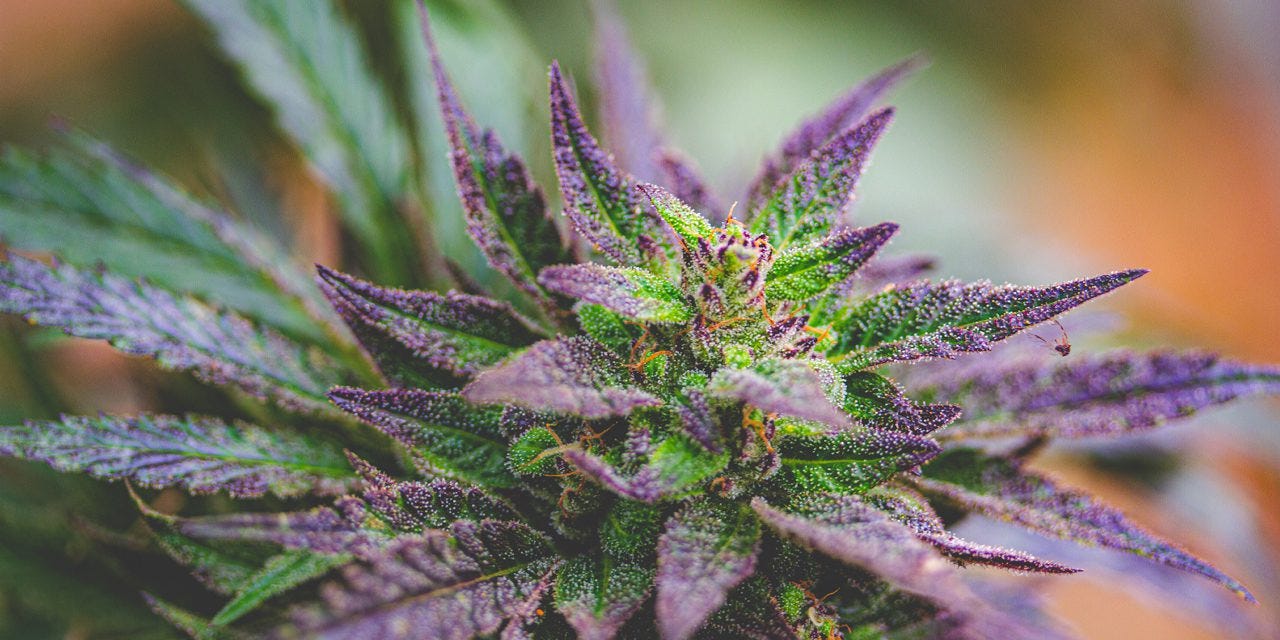
These often overlooked phytochemicals offer an impressive array of potential health benefits,
such as:
Antioxidants effects
Supports the heart
Can help clean arteries
Along with its nutritional value, as mentioned above, raw cannabis also contains cannabinoids (acidic form) and terpenes (essential oils in marijuana) that are responsible for most of cannabis’s therapeutic effects. And, since cannabis contains high cannabinoid acid concentrations, it’s considered to be an exceptional plant in the nutrition world, with its acids being essential for basic cell function.
Raw cannabis juice activates the endocannabinoid receptors of your brain and prompts an antioxidant release that removes damaged cells from your body. Both humans and animals have an endocannabinoid (EC) system that manages a broad range of physiological processes, such as pain sensation, memory, appetite and mood.
The EC receptors are located in your connective tissue, brain, glands, organs and immune cells in your body. Your body produces endocannabinoids naturally to stimulate all those functions. However, cannabis also stimulates your EC receptors and boosts your well-being.
According to studies, raw cannabis has the potential to:
Treat lupus and arthritis due to its anti-inflammatory properties.
Treat neurodegenerative diseases due to its neuroprotective properties.
Help with appetite loss and nausea due to its antiemetic properties.
Prevent the spread of malignant cells of prostate cancer because of its anti-proliferative properties.
Prevent cell damage that can lead to serious illness and poor health due to it being rich in nutrients like protein and essential amino acids, omegas 3 and 6 fatty acids and antioxidants.
The terpenes have their health benefits as well. For instance, linalool has anticonvulsant, anti-inflammatory and analgesic properties.
Additionally there is research that indicates several compounds within the cannabis plant (cannabinoids, anthocyanins and polyphenols) help to optimize mitochondrial health.
Mitochondria are the powerhouses of your cells, generating energy to fuel your cells’ biochemical reactions. Via optimizing their function and promoting their rates of regeneration within your body you are building a solid foundation for health, vibrancy and longevity from the cellular level up.
Sufficient mitochondrial biogenesis (the process by which cells increase mitochondrial numbers) is necessary for efficient cell function and haemostasis, which is dependent on the regulation of ATP generation and maintenance of mitochondrial DNA (mtDNA). These procedures play a primary role in the processes of inflammation, aging, cancer, metabolic diseases, and neurodegeneration.
Antioxidants such as Polyphenols (anthocyanins being one example) are considered as the main components of plants, fruits, and natural extracts with proven therapeutic effects relating to Mitochondrial Health. These components regulate the intracellular pathways of mitochondrial biogenesis.
There is also a growing body of research that indicates Cannabis contains compounds that help with Increasing Endogenous Production Of Adult Stem Cells (aka “somatic stem cells”) and optimizes their function.
(additional research pertaining to this can be found here )
Laboratory scientists at the University of California – San Diego conducted numerous trials concerning CBD effects on neural stem cells donated from patients with common neurological disorders. This method allows researchers to test different substances' effects on a real human body. They found that cannabidiol strongly regulates the proliferation, migration, and neurogenesis of mesenchymal stem cells (MSCs).
According to another study conducted by EllenSchmuhl et al.:
"Non-psychoactive phytocannabinoid cannabidiol (CBD) was found to increase the migration of MSCs in a time- and concentration-dependent manner."
Stem cells are the fundamental building blocks of the human body. Cells can differentiate and reproduce any tissue such as heart tissue, muscle, cartilage, bone, or liver. Newborn children have a lot of circulating stem cells that are needed for development and can quickly help them recover from infectious diseases and injuries. As we age, the quantities of circulating stem cells in the body begin to reduce each year, making healing and recovery much more difficult over time. You can increase the production of endogenous stem cells via eating specific superfoods (including but not limited to Goji Berries, Ginger, Anthocyanin Rich Foods and Cacao beans ) to boost your health and circulating stem cell count.
WHAT ARE CANNABIS TERPENES?
One of the significant compounds used in essential oils, terpenes, is most commonly derived from plants, including teas, herbs, and, of course, cannabis. Terpenes can also be found in animals. Terpenes are essentially found in an animal’s egg yolk, fish scales, and feathers.
Terpenes created in unique combinations are what give plants their fragrance, taste, and appearance. A plant’s terpenes are also a way to protect itself from predators or to attract insects for pollination.
We value terpenes for their therapeutic and medicinal purposes. They are in spices, teas, and essential oils we use every day. Two of these spices are Curcumin and Thyme. Curcumin is a much-loved spice in Indian dishes. It boasts a wide range of healing qualities but is best known as an anti-inflammatory and pain reliever. Thyme is another spice routinely used in our cooking. Therapeutically it has both antibacterial and antifungal properties.
Teas we drink for their healing qualities include green, Rooibos, and Turmeric. The terpenes in these teas are known for their anti-inflammatory, analgesic, and calming characteristics.
There are also a wide variety of terpenes found in Cannabis. Cannabis terpenes are similar to the more well-known compounds of THC and CBD. Like these main chemicals, cannabis terpenes have various therapeutic attributes that include analgesic, anti-anxiety, and anti-inflammatory properties (among many other benefits).
The concentration of the terpenes listed below will vary in specific strains of cannabis (which can, in part, be discerned via the unique aroma of the flowers of specific strains).
CANNABIS TERPENES:
Cannabis contains over 120 terpenes, although many of these are found in varying amounts and some are more prevalent across all strains.
The primary terpenes (and terpenoids) that have been identified in cannabis are limonene, myrcene, pinene, linalool, eucalyptol, y-terpinene, ß-caryophyllene, caryophyllene oxide, nerolidol, and phytol. I will provide a list that includes information on the primary as well as some of the main secondary terpenes that are found in Cannabis below.
Pinene (Alpha-pinene and Beta-pinene)- These two cannabis terpenes smell like pine trees and that’s also where they can be found in large amounts. Other plants rich in pinene include rosemary, orange peels, basil, parsley and cannabis of course.
Like many other, pinene terpenes have an anti-inflammatory effect on humans. But more importantly, they help improve airflow and respiratory functions, while also helping to reduce memory loss. Ingesting alpha and beta pinene, it can also help with asthma.
In an animal study, pinene exhibited anti-Infectious Bronchitis Virus properties. Another study demonstrated that pinene has a bactericidal effect in methicillin-resistant Staphylococcus aureus (MRSA), and an antifungal effect against Candida albicans.
Pinene also helps patients with arthritis, Crohn’s disease and cancer. As a therapeutic remedy, it can be used as an anti-inflammatory, anti-bacterial, and bronchial dilator.
Humulene– This is another outdoorsy, woodsy scent. Two main medicinal uses for this compound are as an appetite suppressant and an anti-inflammatory.
Limonene– With its bright, citrusy scent, Limonene’s aroma is a mood elevator. Its uplifting qualities help to reduce anxiety and depression. Another therapeutic property is as a digestive aid. Limonene also offers have antifungal, anticancer and antibacterial properties and a recent study verified this again regarding lung cancer in mice. It showed that limonene can promote autophagy, which triggers the death of lung cancer cells.
Myrcene– This terpene offers a helpful property in it’s ability to enhance absorption through the skin and to also increase the number of cannabinoid substances in the brain. The scent is an earthy, clove-like smell. Mango also contains significant amount of myrcene.
Linalool- This terpene is the most responsible for the recognizable cannabis smell with its spicy and floral notes. Linalool is also found in lavender, mint, cinnamon and coriander. What’s interesting is that just like those aromatic herbs, it has very strong sedative and relaxing properties. Patients suffering from arthritis, depression, seizures, insomnia and even cancer, have all found aid in this amazing terpene.
Linalool’s main medicinal function is as an anxiolytic—an anxiety-reducing compound. Lavender has been in use as a calmative for thousands of years, and recent tests on rats have borne out its effects to modulate locomotion and motor movements.
Alpha-bisabolol- (also known as levomenol and bisabolol) has a pleasant floral aroma and can also be found in chamomile flower and candeia tree. This terpene found its use primarily in the cosmetics industry, but lately it has caught the attention of researchers since it showed medical benefits, especially in cannabis. Alpha-bisabolol proved to be effective in treating bacterial infections and wounds and is a great antioxidant with anti-irritation and analgesic properties.
Caryophyllene- Best known for its spicy and peppery note, caryophyllene is also found in black pepper, cinnamon, cloves, and spices like oregano, basil and rosemary. Beta-caryophyllene binds to CB2 receptors, which makes it an ingredient in anti-inflammatory topicals and creams. Caryophyllene is the only terpene that binds to cannabinoid receptors. Besides its analgesic and anti-anxiety properties, some studies have found that caryophyllene has some very promising properties when it comes to alcoholism rehabilitation. A group of scientists performed research on mice and found that this terpene reduces voluntary intake of alcohol. They even recommended caryophyllene for treating alcohol withdrawal symptoms.
Borneol- This terpene has a minty aroma and flavor with an unusual underlying metallic tone. Its medicinal qualities include uses as an anti-inflammatory and an analgesic. This terpene is a good natural insect repellent. One study found that borneol kills breast cancer cells. It’s also widely used in Chinese traditional medicine, in acupuncture to be precise.
Camphene- The best way to describe the smell of camphene is fir needles, musky earth and damp woodlands. Camphene aroma is often mistaken with myrcene, which is that distinct cannabis smell as most of us know it. From the medical point of view, camphene has great potential. When mixed with vitamin C, it becomes a powerful antioxidant. It is widely used in conventional medicine as a topical for skin issues like eczema and psoriasis. Its greatest potential lies in its ability to lower the levels of cholesterol and triglycerides in the blood, further lowering the risk of cardiovascular diseases.
Terpineol- The aroma of terpineol can be best described as floral-like, reminiscent of lilacs, apple blossom, and a little bit citrusy. Terpineol tastes like anise and mint. Terpineol has a pleasant scent, similar to lilac, and is a common ingredient in perfumes, cosmetics, and flavors. It relaxes the nervous system and helps with pain relief. Medical benefits of terpineol also include antibiotic and antioxidant properties.
Humulene- It was the first terpene found in hops. Its aroma contains earthy, woody and spicy notes. Besides cannabis, it can be also found in clove, sage, and black pepper. It has a variety of medical properties. Research has shown humulene to be anti-proliferative, meaning it prevents cancer cells from growing. Also, it proved to be effective in suppressing appetite, making it a potential weight loss tool. Furthermore, like many other cannabis terpenes mentioned above, it also reduces inflammation, relieves pain and fights bacterial infections.
Delta 3 Carene- This terpene is found in a number of plants like rosemary, basil, bell peppers, cedar and pine. Its aroma is sweet and resembles the smell of cypress tree. When it comes to the medical side of carene, it seems to be mostly beneficial in healing broken bones. That gives hope to patients suffering from osteoporosis, arthritis and even fibromyalgia. What is also interesting about this terpene is that it stimulates our memory and helps memory retention.
Phytol- With flora tones, this cannabis terpene gives the user a sense of relaxation. It’s often used for its sedative and anti-anxiety properties. Another of its therapeutic qualities is as an anti-inflammatory.
Eucalyptol- Also known as cineole, eucalyptol is the primary terpene of the eucalyptus tree. The aroma of this terpene is a cooling menthol, minty scent.
This terpene has been used in cosmetics as well as medicine. When it comes to its medical value, eucalyptol relieves pain but also slows the growth of bacteria and fungus. It is well-known for its antiseptic, antibacterial and anti-inflammatory properties.
In more recent research, this terpene has shown some promising effects on Alzheimer’s as well.
Sabinene-Although not one of the most common cannabis terpenes, this strain has a unique peppery or spicy scent. Its medicinal uses include anti-bacterial and antioxidant properties.
Nerolidol- This one is a secondary terpene found mostly in flowers like jasmine, lemongrass, and tea tree oil. The smell of trans-nerolidol reminds of a mixture of rose, citrus and apples and can be described in general as woody, citrus and floral. Trans-nerolidol is best known for its antiparasitic, antioxidant, antifungal, anticancer and antimicrobial properties. It is currently being investigated both as a facilitator for transdermal delivery of drugs (due to its ability to penetrate the skin) and as an inhibitor of Leishmania protozoa.
Geraniol- Besides cannabis, geraniol can be found in lemons and tobacco. Its smell reminds of rose grass, peaches and plums. It’s usually used in aromatic bath products and body lotions. Geraniol has shown a lot of potential as a neuroprotectant and antioxidant.
Raw form vs “activated” or Decarboxylated Cannabinoids:
When you consume raw Cannabis, you will not be consuming THC or CBD; instead, you will be consuming the acid forms of these components- Cannabidolic Acid (CBD-A) and Tetrahydrocannabonolic Acid (THC-A). Just like other components of raw cannabis, CBD-A and THC-A are also very good antioxidants. Recent research experiments show that these components can be powerful healers of serious medical condition, like cancer.
In latest study conducted at Hiroshima International University, and published in 2017 January, the researchers discovered a possible way through which, CBD-A inhibits the COX-2 enzyme in aggressive breast cancer tumors. The study further talks about CBD-A’s ability to inhibit a proto-oncogene, c-Fos, which is an element involved in the cancer metastasis. Also, THC-A is known to be neuroprotective, antispasmodic, and an excellent pain-reliever.
CBDa has anti-inflammatory properties, it functions as an antibacterial, and it’s known to reduce nausea and vomiting. THCa protects against neurodegenerative diseases, treats epilepsy and muscle spasms, and provides relief for insomnia and pain.
The anti-cancer properties of raw Cannabis are potent and several compounds found in the raw plant material are being actively studied for their ability to initiate apoptosis in a variety of different types of cancer cells (without damaging the healthy cells).
Related research:
How Cannabis Destroy Cancer Cells — by Dr Christina Sanchez:
As stated above, Cannabis will also hold on to a lot more of its beneficial terpenes when it’s not getting torched. Aside from producing the aroma and flavor profile, terpenes also have their own set of medicinal properties. They’re known to have antibacterial, anti-fungal and anti-cancer properties.
Like many other green, leafy vegetables, cannabis is full of chock full of fibre, protein, fatty acids and iron. It can also give you a nice daily dose of vitamins such as vitamin C for immune function, vitamin K for calcium absorption, calcium for strong bones, and folate for DNA repair. Do you happen to have any purple-leafed cannabis? If so, make sure to add that to your diet as well! It’s full of antioxidants and anthocyanins, which help remove damaged cells from the body.
It is worth reiterating that eating raw cannabis will not get you high — as the aforementioned THCa has not been turned into THC through a heating (or drying) process. For some, this will be a turn-off, but for others, this may be a benefit. Know that THCa and CBDa do not have the same effects as THC and CBD. Both sets are being investigated individually for impressive benefits.
The cleansing properties of raw cannabis, cannot be emphasized enough. Like any other raw herb, cannabis is also rich in fibers and foliates. Toxic accumulation in the body may happen for different reasons; it might be either due to your poor diet habits, or your body’s inability to fight against the free-radicals. In either condition, your body will need fiber content, which kicks out the toxic substances, from your body.
Cannabis In The Kitchen:
Smoothies
Smoothies provide a tasty and easy way to load up on phytonutrients. Add raw cannabis flowers and leaves to your smoothies for a dose of cannabinoid acids and terpenes. Throw in some tropical fruits, berries and ice for unrivalled taste and freshness. Check out the this cannabis smoothie for a recipe that will light up your taste buds and endocannabinoid system simultaneously.
Juicing
Juicing is one of the best ways to consume raw cannabis. This method concentrates all of the good stuff—cannabinoids, terpenes and flavonoids—while leaving the unnecessary (and sometimes difficult to digest) fibre behind. Use freshly harvested raw cannabis to make a powerful shot of phytochemicals, or add the juice into smoothies.
Salads
Who said salads have to be boring? Thinly chop some fresh cannabis leaves and sprinkle them into a bowl loaded with spinach, onions, radishes, olives and peppers. Add some chicken or sunflower seeds for extra protein and crunch, and enjoy!
Cannabis Seeds
Don’t forget about the seeds! Cannabis seeds are the same nutrient dense food as Hemp seeds, and both are loaded with nutrients, and add a moreish nutty flavour to any dish.
If you grow both male and female plants you will get female flowers loaded full of nutritious seeds and it is possible to harvest the flowers for making topical medicine while also separating the nutrient dense seeds for eating as food, so you get two harvests from one part of this amazing plant.
Sprinkle them onto pasta, salads, puddings and even cereal. These little spheres of goodness pack high levels of omega fatty acids, essential amino acids, calcium, iron, and fibre!
Gummies:
Nutrient Dense Innate Immune System Optimizing Cannabis Super-Gummies (with non-intoxicating cannabinoid recipe options)
This is Installment #16 of the (Stacking Functions in the Garden, Food Forest and Medicine Cabinet : The Regenerative Way From Seed To Apothecary series.
Kimchi Slaw with Raw Cannabis Leaves:
https://www.sousweed.com/blog/cannakimchislaw
For the hardcore health nuts out there, one of the most powerful ways you can increase the bioavailability and synergistic medicinal benefits of eating raw cannabis is via lacto-fermentation.
I like to add some leaves and fresh flowers into my batches of kimchi for an extra medicinal punch.
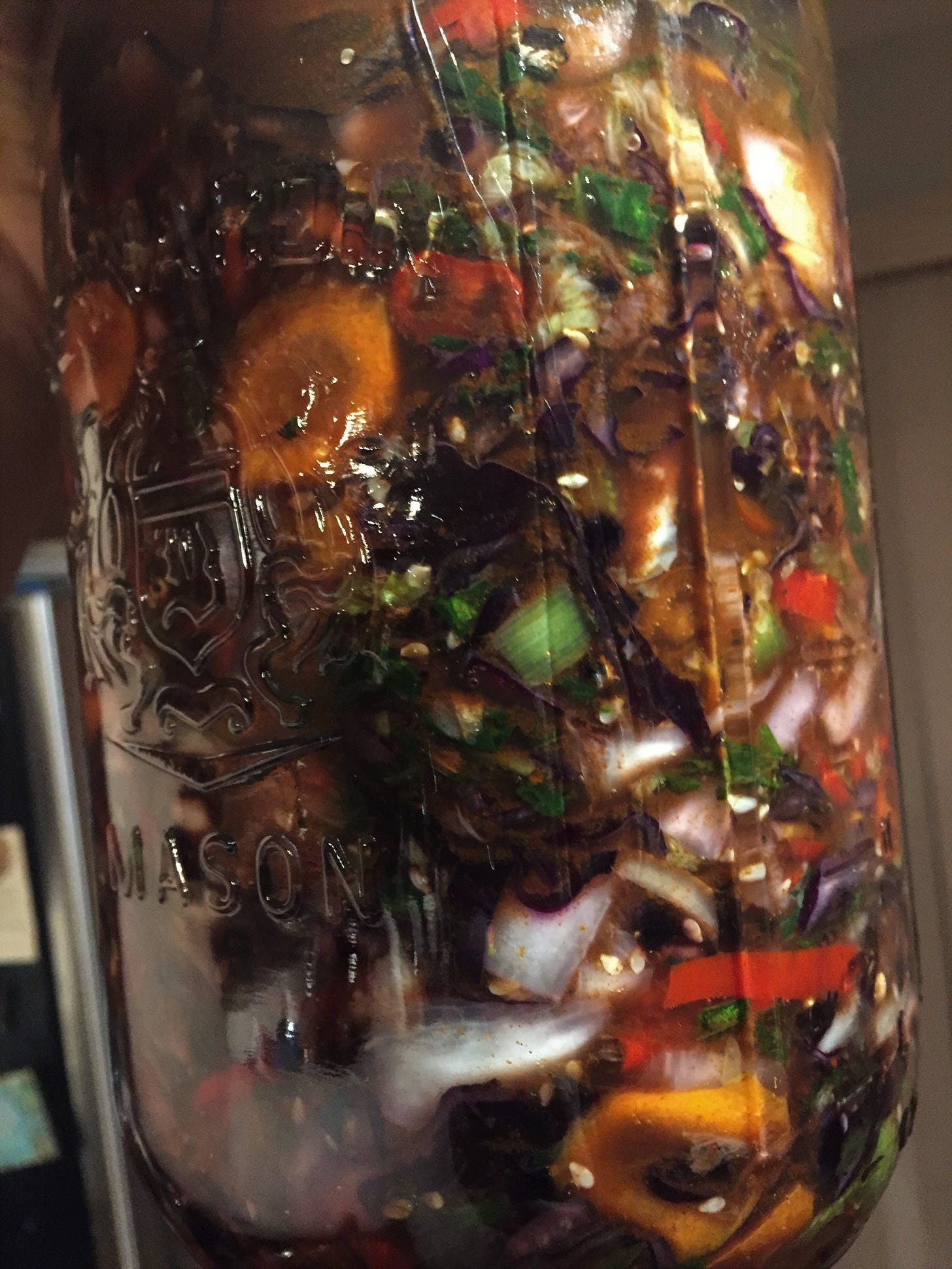
Then for those of you with lots of extra cannabis leaves (and it is worth noting that both male and female leaves are very nutritious)…
Enter 𝟭𝟬𝟬% 𝗹𝗮𝗰𝘁𝗼-𝗳𝗲𝗿𝗺𝗲𝗻𝘁𝗲𝗱 𝗖𝗮𝗻𝗻𝗮𝗯𝗶𝘀 𝗹𝗲𝗮𝘃𝗲𝘀!
I harvested the leaves and terminal shoots from many seedlings that ranged from 1-3 feet in height (the plants were growing since march when they germinated outside in the snow on their own) and then treated the plant material like it was cabbage I was making into sauerkraut.

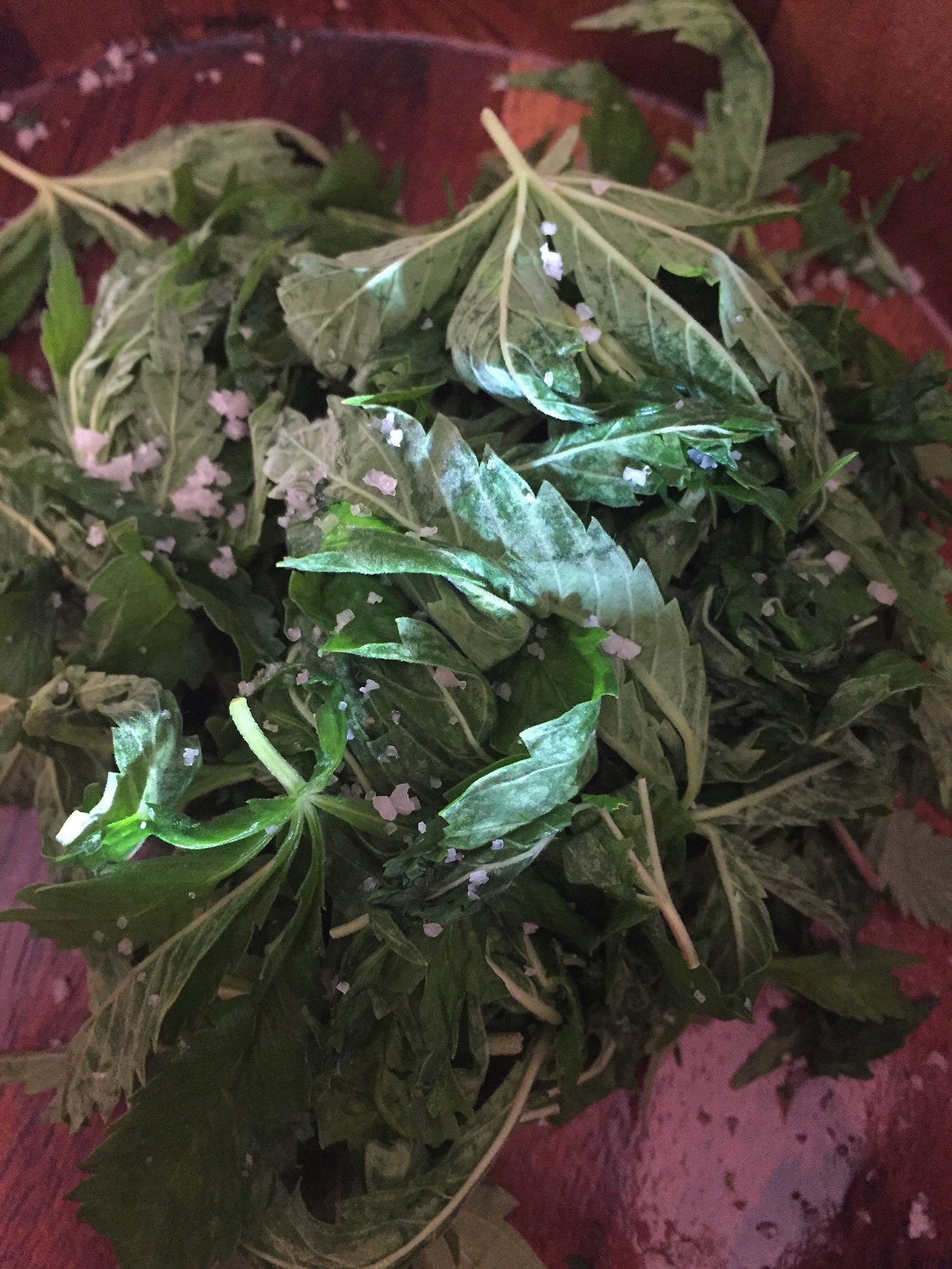
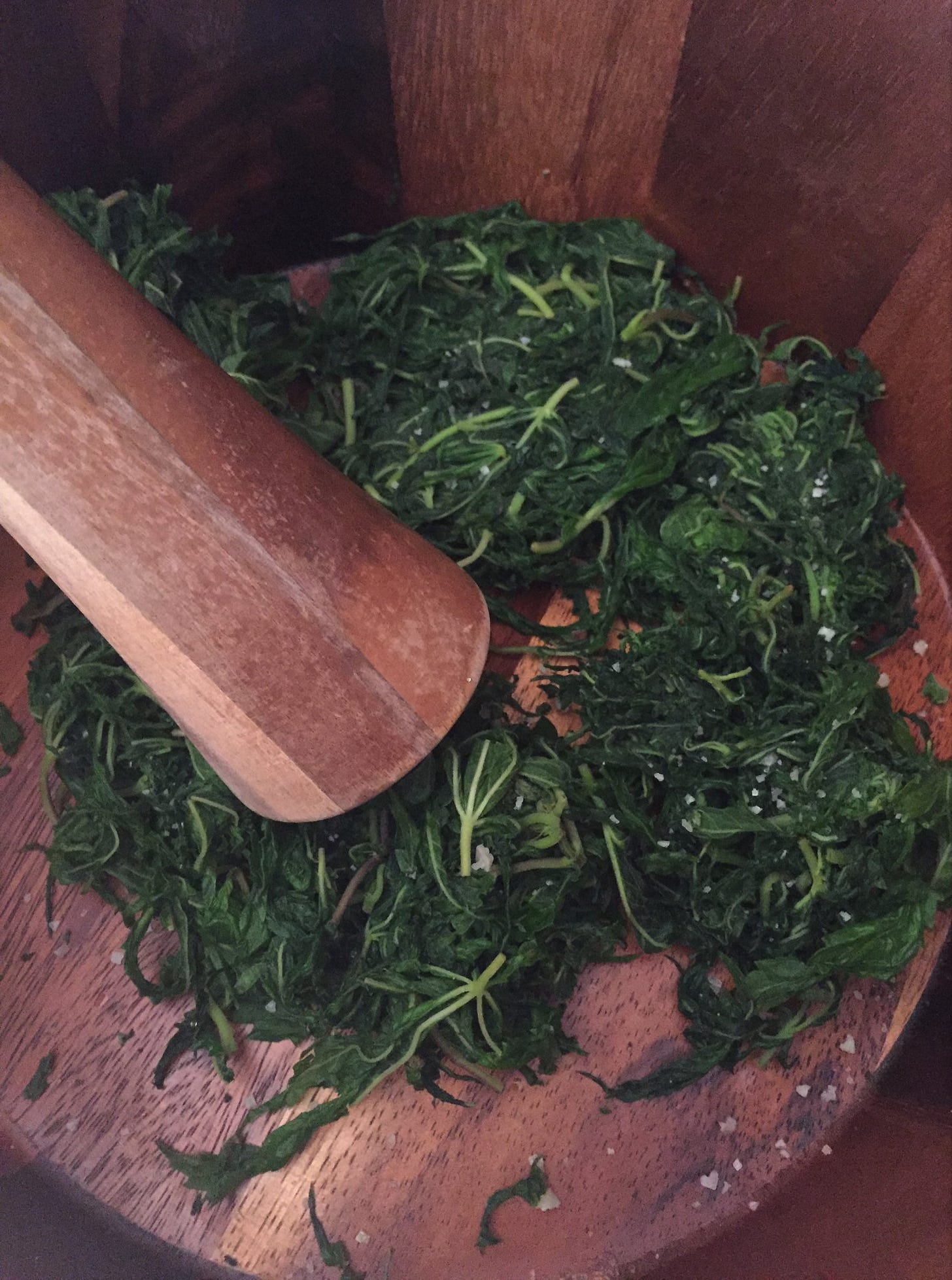
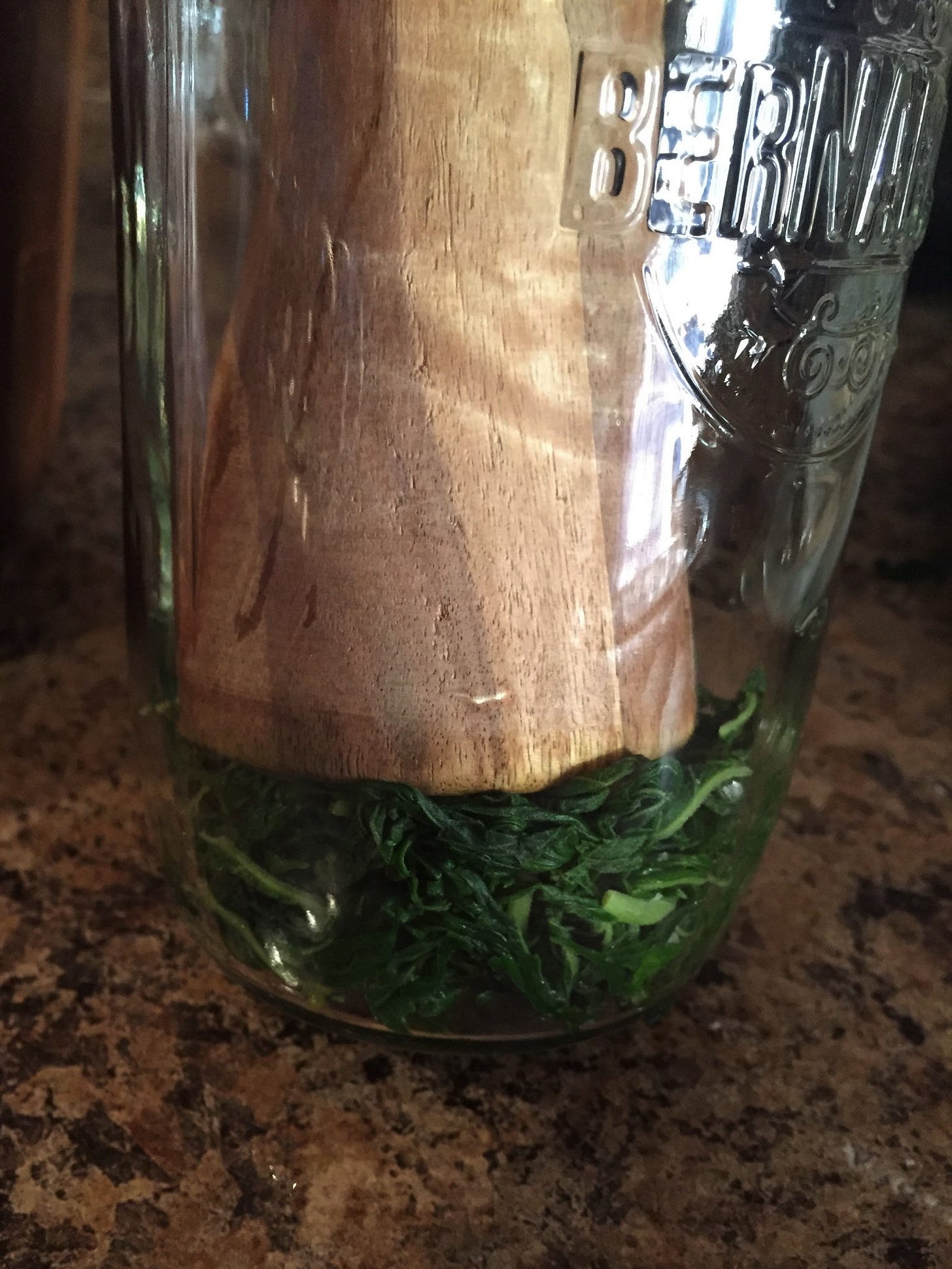
I was aiming to create something akin to Nepalese "Gundruk" (but not only did it contain the nutrition of a leafy green and probiotic organisms, it also contained a spectrum of cannabinoids such as CBGA aka 'the mother cannabinoid', CBDA, THCA and CBCA).
The resulting flavor of the fermented plant material/brine was extremely pungent (due to the high levels of chlorophyll) and may not be everyone's cup of tea but I eat it regardless of what it tastes like knowing how incredibly nutritious and medicinal it is.
I ended up drying some for keeping/using as Gundruk is traditionally used (as a sort of Wakame-esk additive for soups during winter months) which has been working nicely.
— — — — — — — — — — — — — — — — — — — — — — — — — — — — — —
On an interesting side note, here are some Herbs, Fruits, and Veggies that contain some of the same beneficial compounds (and/or very similar compounds) that are found in raw Cannabis:
For synergistic health benefits and delicious results try adding these ingredients to your raw cannabis salad, juice or smoothie:
Cannabinoids: Echinacea, kava, Cacao, Camellia sinensis tea, electric daisy (Acmella oleracea), liverwort (Radula marginata), Black truffles (Tuber melanosporum)
Omega-3 fatty acids: walnuts, avocados, sage, flaxseed
Beta-caryophyllene: cloves, hops, basil, lavender, black pepper, rosemary
Pinene: pine nuts, makrut limes, sage
Myrcene: mangoes, lemon grass, thyme, verbena, bay leaves
Limonene: oranges, limes, lemons, and other citrus fruits
Linalool: sweet orange, sweet basil, lavender, coriander
Quercetin: cilantro, dill, blueberries, kale, red onions
Kaempferol: grapes, green tea, broccoli, peaches, berries
— — — — — — — — — — — — — — — — — — — — — — — -
For more information on Raw Cannabis as a superfood:
https://www.marijuanadoctors.com/resources/methods-medicating-cannabis/eating-raw-cannabis/
https://thecannabisindustry.org/member-blog-health-benefits-raw-cannabis/
Cannabis for topical medicines:
Cannabis based topical medicines are not a new phenomenon. The use of externally applied cannabis preparations dates back to ancient China. Archaeological evidence also indicates that the Egyptians used cannabis topically. External application allows cannabis to work on the body directly from where it is applied to soothe and protect the skin.
Research published in 2008 suggests that cannabinoids like THC and CBD are also potent antibiotics on their own. So potent, in fact, that they have successfully killed methicillin-resistant Staphylococcus aureus (MRSA) in the laboratory. MRSA is an antibiotic resistant bacteria that contributes to extremely painful open wounds.
Since MRSA is resistant to common antibiotics, it can be extremely difficult to treat once the infection takes hold. Preclinical research suggests that a few psychotropic cannabinoids, including cannabinol (CBN), cannabichromene (CBC), and cannabigerol (CBG), successfully killed MRSA bacteria.
When Cannabis is applied to the skin it improves the health of this huge organ. THC and CBD interact with the endocannabinoid system, where they have a modulating effect of physiological systems. Research suggests that the endocannabinoid system exists within the skin, where it is heavily implicated in proliferation, growth, differentiation, apoptosis, and hormone production.
What’s interesting is that cannabis is now showing promise for the treatment of burns and wounds when applied as a topical. Cannabinoids exhibit anti-inflammatory properties, potentially assisting in the healing process and pain management of these conditions. Some cannabinoids have also been found to possess antibacterial properties, making them a potential first aid treatment when such injuries arise.
Cannabis has been used as a topical treatment for burns and cuts since ancient times. Yet, it’s not only cannabinoids that may be helpful for burn treatment. Some cannabis cultivars contain high levels of linalool. Linalool is a terpene that provides a floral lavender aroma.
Research suggests that linalool may be very useful for burns. Linalool has both cooling and pain-fighting properties, making it a particularly useful compound for burns.
The role of the endocannabinoid system on the skin
The skin is the largest organ in the body, and the endocannabinoid system (ECS) influences all of its aspects. The ECS plays an important role in skin homeostasis. It impacts oil production, hair growth, skin pigment, wound healing, and how the skin protects itself. CB1 and CB2 receptors and the endocannabinoids anandamide, 2-AG, and FAAH are also found in various types of skin cells. The ECS is essential for keeping the inflammatory processes of the body under control. Overall inflammation in the skin and across the body will decrease when the ECS is functioning optimally.
The endocannabinoid system also modulates the growth, proliferation, and death of skin cells. The most common skin conditions are acne and seborrhea. These situations stem from an overproduction of the skin’s oil by the sebaceous glands. The activation of CB2 receptors in these glands enhances the production of oil. Therefore substances that decrease their local production or antagonize CB2 receptors may successfully treat these conditions. Certain skin diseases will improve by decreasing endocannabinoid tone. Others will improve by increasing endocannabinoid tone.
Based on current research, acne, seborrhea, and alopecia areata require decreased endocannabinoid tone. Skin tumors, psoriasis, hirsutism, dry skin, pain, and itching would be improved by increasing endocannabinoid tone. The endocannabinoid system influences pain and itching by stimulating the central nervous system. In skin diseases such as psoriasis and tumors where abnormal skin cells replicate rapidly, the skin’s ECS will inhibit cell growth and cause cell death. Skin tumors have shown an abundance of CB1 and CB2 receptors.
The use of cannabinoids on the skin may become increasingly important. The antibacterial action of cannabinoids has been researched in-depth. CBD, THC, CBG, and some acidic cannabinoids have shown promise against treatment-resistant MRSA, a life-threatening skin infection that is becoming more difficult to treat with traditional methods.
The cannabis plant is complex, and the manners in which it is taken into the body is no exception. Topicals exert their effects by activating cannabinoid receptors in the skin. This then sets up the cascade of events that leads to pain relief, enhanced healing, and decreased inflammation. THC (delta-9) has been explored for external use as well. A preclinical study in mice demonstrated that topical THC aided skin healing from allergies. A prospective study of three patients with pyoderma gangrenosum (a rare condition that causes large, painful sores) applied THC and CBD-dominant cannabis externally to their lesions. Two of the three patients had a clinically significant improvement in pain and decreased their use of opioids. According to the authors, “This is the first published human case report of topical cannabinoid therapies achieving analgesia that was clinically significant”.
People can take cannabis both internally and topically to act on an area from the inside out. This can be especially helpful when systemic medications do not relieve a particular zone of concern. For example, many arthritic patients take cannabis orally or via inhalation for overall relief of pain and inflammation. If arthritis mostly affects the knees, they can apply a topical to relieve local pain where the systemic medication may not be as effective.
Advantages of using Cannabis topicals:
1. No systemic effects, therefore no impairment
2. Effective local treatment
3. No dose limitations
4. May enhance the effects of systemic products in the target area
5. Can be applied many times per day
How to Make Homemade Cannabis Salves :
References:
- https://www.fundacion-canna.es/.../cannabinoids-and...
- https://www.ncbi.nlm.nih.gov/pmc/articles/PMC2757311/
- https://pubmed.ncbi.nlm.nih.gov/25061872/
- https://www.ncbi.nlm.nih.gov/pmc/articles/PMC4420685/
- https://www.ncbi.nlm.nih.gov/pmc/articles/PMC3165946/
- https://books.google.ca/books/about/Cannabis.html...
- https://www.liebertpub.com/doi/10.1089/can.2017.0012
- https://pubmed.ncbi.nlm.nih.gov/10863546/
- https://pubmed.ncbi.nlm.nih.gov/28089235/
- https://pubmed.ncbi.nlm.nih.gov/28818631/
- https://pubmed.ncbi.nlm.nih.gov/9539680/
- https://www.ncbi.nlm.nih.gov/pmc/articles/PMC2689518/
- https://www.cannify.us/.../what-is-the-difference.../
- https://www.jpsmjournal.com/.../S0885-3924(16.../fulltext
- https://www.ncbi.nlm.nih.gov/books/NBK361003/
Other non-psychoactive uses for the cannabis plant include:
Theoretically, cannabis can be used for not only medicine and food but also for making paper, rope, bricks, oil, paint, furniture, textiles, biodegradable plastics, building materials, biofuel, insulation, animal feed, and more.
I have already made this article obsenely long so I will not go into a long list of these uses here, but I will link a few potential DIY projects below for those interested.
Making clothing and/or cord from cannabis/hemp fibers:
How to make a Non-psychoactive Cannabis Tincture: https://californiaweedblog.com/2018/10/02/how-to-make-a-non-psychoactive-cannabis-tincture/
HOW TO MAKE A THCA TINCTURE + BENEFITS: https://emilykylenutrition.com/thca-tincture-tetrahydrocannabinolic-acid/
Cannabis DIYs :
For more ideas:
CANNABIS IS THE MOST VERSATILE, EFFICACIOUS PLANT
ON EARTH: https://ccguide.org/uses.php
Cannabis in the regenerative garden and food forest
Using the principles of permaculture to grow your cannabis food and medicine means that you will have both companion plants and plants that help retain water and keep away weeds. Whereas typical cannabis farms have one cannabis plant per pot per plot, permaculture pairs cannabis with other plants in order to create a whole, self sustaining system. The end result will be cannabis that is healthier and requires little to no attention from you until harvest time.
Companion planting for cannabis certainly is a smart way to pamper your crop, but what use is it if the soil in which your plants are growing is struggling and devoid of any nutritional worth?
By layering plant materials on top of the first layer of your soils, you can enable the accelerated rebirth of the valuable ecosystem of bacteria, yeasts and fungi that can make the difference between an average crop and an exceptional one. The bacteria present in said top layer will feed from this plant material, transforming it into more nutrients.
The good news is, you can do this in your garden or any other outdoor grow space, but also in your pots.
What plant materials to use for layering, and how?
Layering is easy. Find plant materials that have not been in contact with any chemicals (synthetic fertilizers, pesticides, etc.) … and create layers. Almost anything works: fallen leaves, straw, various plant residues from trimming, cut grass, etc.
Companion Plants to Help Your Cannabis Permaculture Project
This permaculture design technique enhances your cannabis plants’ health and even their yield. Companion planting is an invaluable technique for the novice and seasoned grower.
Companion planting is a practice that can benefit most plants. In particular, companion planting for cannabis has proven that many different crops can be useful partners to growers all over the world.
The “pest fighting” parameter of companion planting rests upon the fact that there is such a thing as beneficial bacteria. Indeed, it has been scientifically proven that some of them actually protect plants from other bacterial diseases.
The use of manmade pesticides or nutrients can be extremely harmful to soils. In fact, they have the capability to entirely destroy the bacterial and fungal ecosystem present in the rhizosphere, also known as the area in which roots and bacteria meet. The symbiotic relationship developed in this rhizosphere is vital to the health of the cultivated plants, future cultivated plants, and the soil itself.
Best pest fighting companion plants for cannabis
Repellent companions:
Marigold: Repels white flies and other insects through a chemical released directly in the soil and eventually, into neighbouring plants, making them repellent to pests.
Digitalis purpurea a.k.a. Foxglove: Attracts Dicyphus Hesperus, an insect which can help in eradicating whiteflies, aphids and spider mites.
Verbascum a.k.a. Mullein: see Foxglove.
Cilantro: Repels aphids and spider mites.
Peppermint: Repels aphids. Its menthol content can also attract beneficial insects.
Garlic: Repels aphids, snails/slugs, Japanese beetles, root maggots, and even certain animals. Also acts as a natural fungicide.
Dill (or Fennel, Cumin, and Anise): Repels spider mites, aphids, and caterpillars by attracting their common predator, wasps.
Basil: Repels various insects and snails/slugs by releasing insecticide from its foliage.
Costmary: Repels moths.
Chrysanthemum: Combats damaging insects and nematodes due to its pyrethrin content (a compound with insecticidal properties).
Friendly companions:
Sunflower: Attracts beneficial mites and flower bugs which eat spider mites, fungus gnats, and scales.
Yarrow: Attracts predatory wasps and ladybirds. It also increases oil production in nearby plants. Also prevents soil erosion by protecting its first layers.
Oregano (or Marjoram): Increases the yield of nearby plants. Also attract beneficial insects.
Best nutritional companion plants for cannabis
Alfalfa: Provides nitrogen. Can also be used as a nitrogen-rich layer during cultivation; trim it and don’t clean the plant material off your soil.
Borage (or other species from the Comfrey family): Provides additional nutrients. Plants of the Comfrey type act as a fertilizer, by bringing nutrients and minerals via their deep roots. This makes them the ideal outdoor companions, although some of them need their own space, as their growth is quick and space-consuming. Just like alfalfa, it can be trimmed and left as mulch.
Clover (Microclover, Dutch White, Red, and Crimson): Provides additional nutrients. Clover brings up trace nutrients in the same manner Borage does. It also has nitrogen fixing properties: by degrading organic matter, it releases nitrogen to be used by other organisms. Moreover, its living mulch state protects the soil around your cannabis plants, and improves water distribution by trapping in moisture with its shallow roots. Choose Microclover or Dutch White Clover for small to medium sized indoor containers.
Chickweed: Provides additional nutrients. Acts as living mulch, can also be trimmed and left to feed the soil.
Additional companions:
Legumes
Legume species of plants are nitrogen fixers. All peas and beans are legumes. Rhizobium leguminosarum is the species of nitrogen-fixing bacteria that form a symbiotic relationship with legume plants. These industrious little cells pull nitrogen from the soil, convert it to ammonia and then offer it up to the plant in exchange for sugars. Leave the legume plant to die after harvest. This will return nitrogen and other nutrients to the soil. Thereby making it more nutrient dense for next year’s cannabis crop. You can also use tall mature cannabis plants in the same way that the Three Sisters planting system uses corn as a support structure for the peas or beans to grow up.
Stinging nettle is a plant popular to herbal medicine and studies indicate it may reduce inflammation, hay fever, blood pressure and even help regulate insulin levels.
Stinging nettle can also cause rashes due to the picky needles protruding from the leaves and stem. The needles cause a burning sensation. Once the plant is processed, however, by freeze drying or cooking, it can easily be consumed in various delicious and healthy recipes. Though most farmers would avoid this companion plant, stinging nettle adds iron, magnesium, calcium and potassium to soil. It also makes a fantastic compost tea to add as fertilizer, once cut down.
Strawberry Ground Cover
Strawberry plants are the perfect ground cover. And these will give you delicious red berries throughout most of the early summer. These plants will spread from the mother plant, so every year you will have the more and more cover and berries. If you want to confine the strawberries to one area, this can be easily done by building a barrier to prevent the runners from growing out of the defined space.
Calendula
Bright colors and a fragrant scent makes Calendula especially appealing to tiny pests who might otherwise be chomping on your cannabis.
Chamomile
One of the best all-around companion plants for cannabis. Chamomile can capture accumulated calcium, sulphur and potassium, which is delivered back to the soil as the plant breaks down.
The permaculture garden is the perfect spot to grow your cannabis food and medicine. Importantly, it is part of a growing movement to weave humans back into the fabric of living ecosystems.
The problem is the solution when it comes to permaculture. And you’ll know exactly what that means once you get your regenerative cannabis grow going.
While integrating cannabis into food forest design has not been explored that much (mostly due to shady prohibition laws designed to perpetuate corporate monopolies) I feel there is much untapped potential worth exploring.
One could potentially plant both males and females as part of the edge of a food forest system that would be self pollinating and self sowing, serving as a perpetual (self sustaining) source of potent food and medicine, adding another layer of resilience and abundance to your food forest design.
For more info on integrating cannabis into your regenerative garden or food forest design:
https://rxleaf.com/permaculture-garden-grow-cannabis-best-buds/
https://eco-farm.org/news/integrating-cannabis-your-farming-system
https://autoflower-portal.net/autoflowering-cannabis-in-the-forest-garden/
https://sensiseeds.com/en/blog/the-benefits-of-companion-planting-for-cannabis/
Given this plant can provide food, medicine, fiber, building materials and more I consider Cannabis to be a must have in your permaculture design or food forest project if you are looking to stack a lot of functions with a single plant.
I hope this inspires you to try adding Cannabis to your garden and diet (if you live in Canada or somewhere where it is legal). It is my hope that this information can bring many of you increased longevity and quality of life and open up ways to appreciate and work with this amazing plant without the stigma that comes along with it’s intoxicating potential.
I am wishing you all many bountiful harvests in 2023 and beyond!







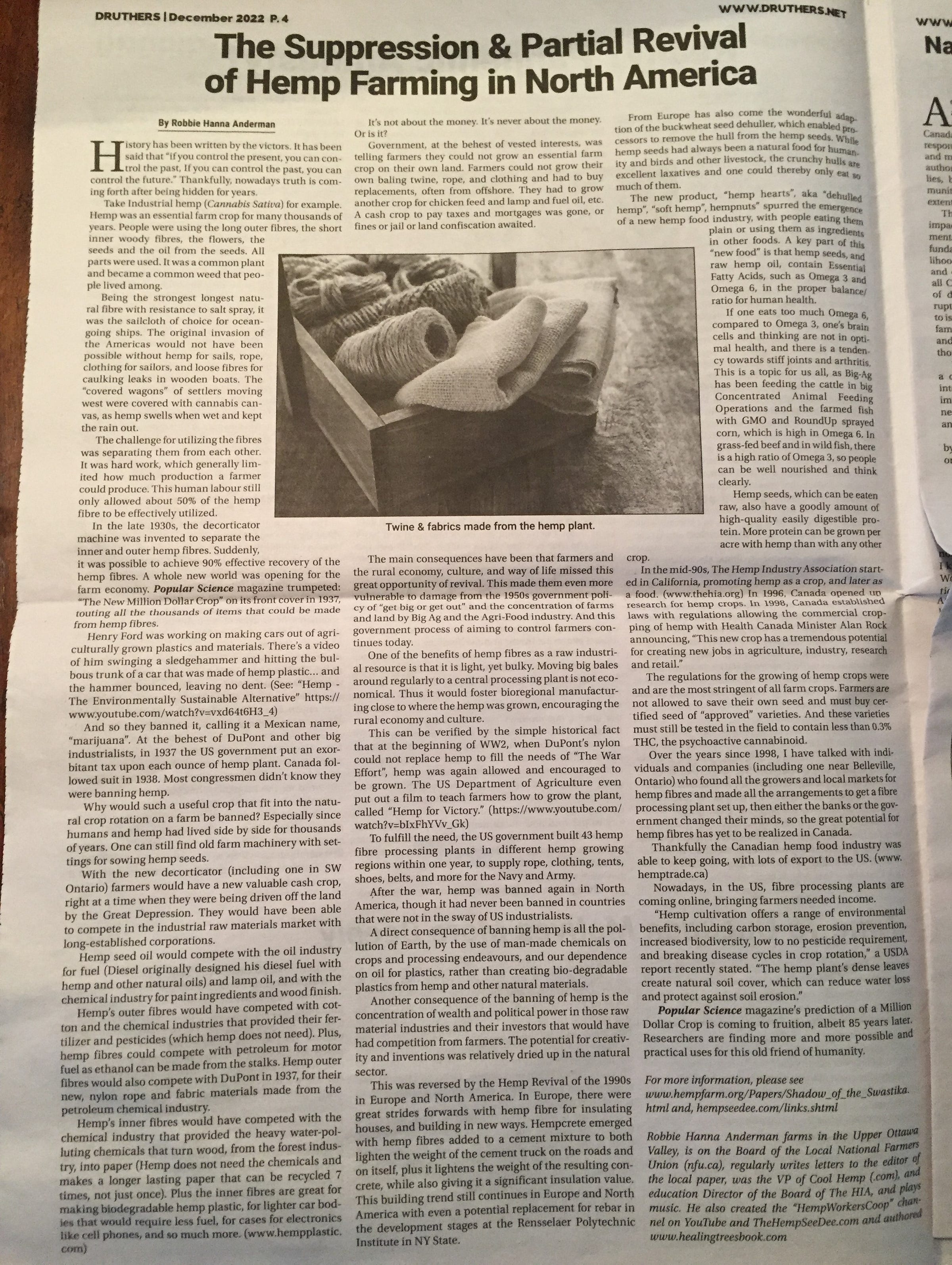
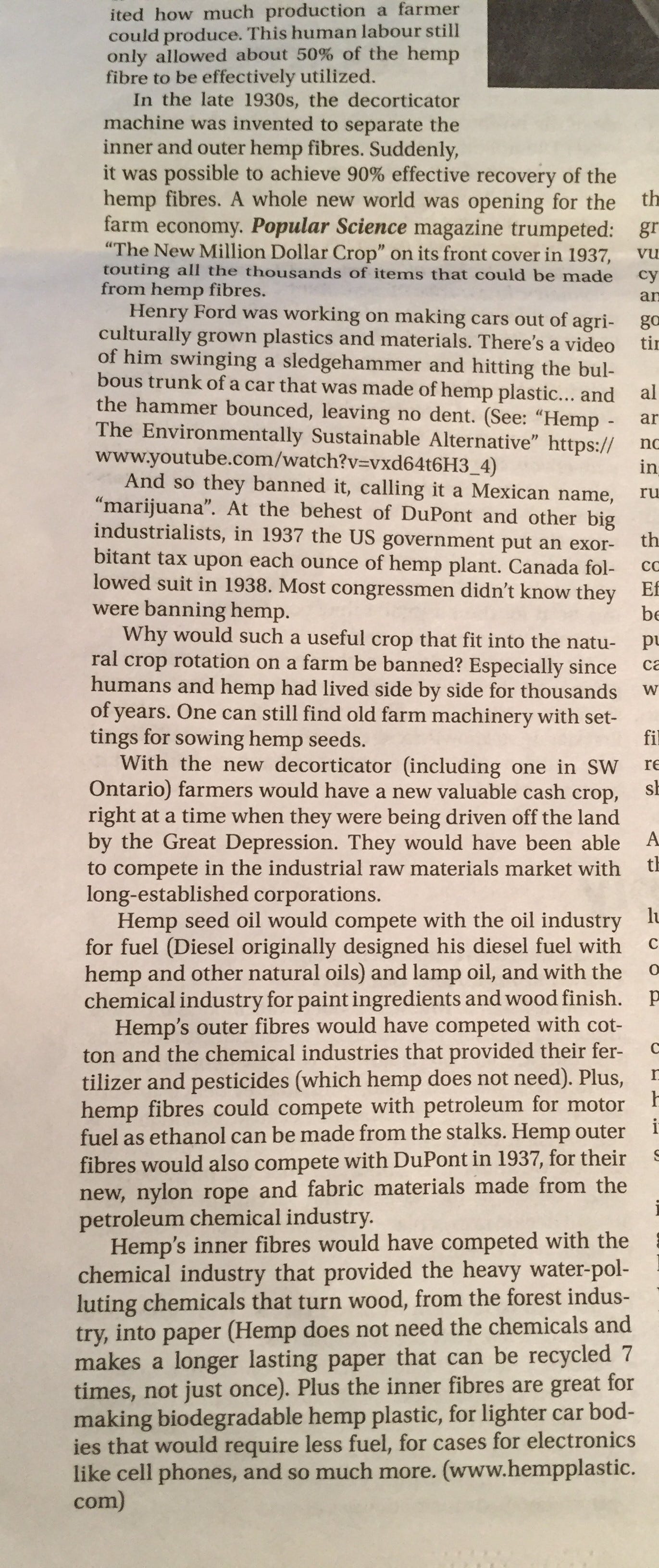

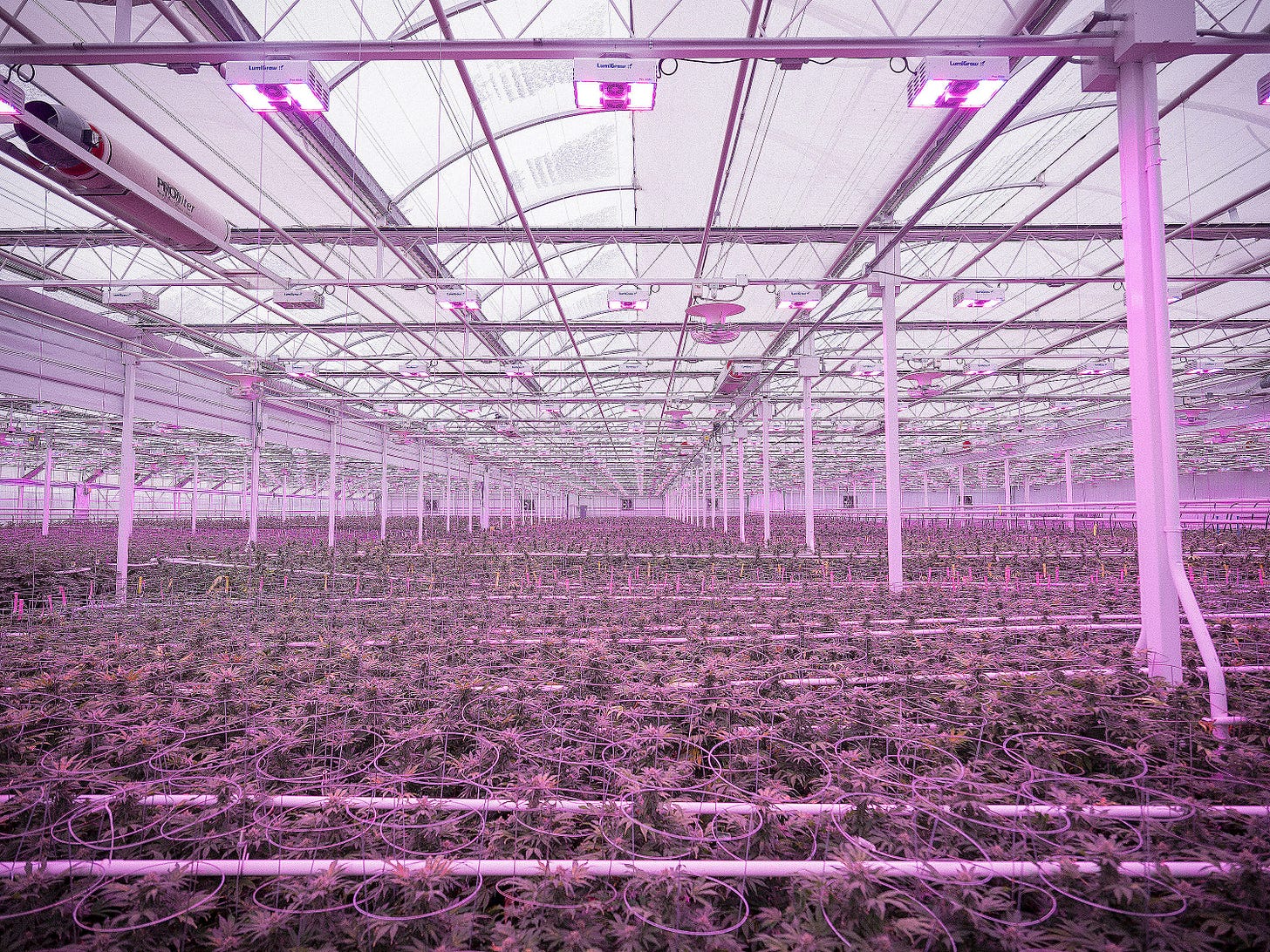


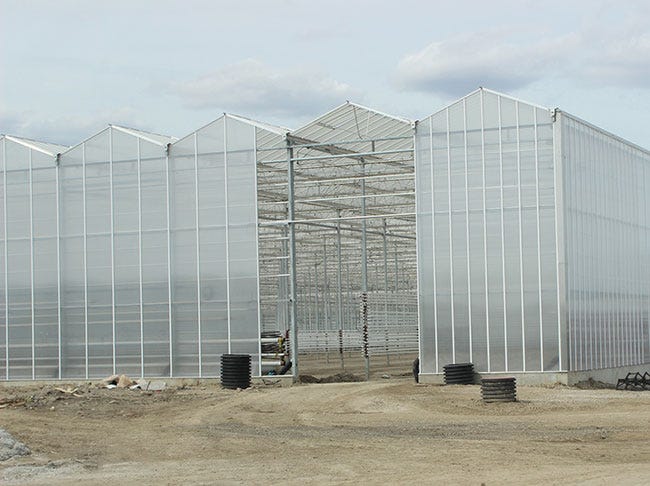
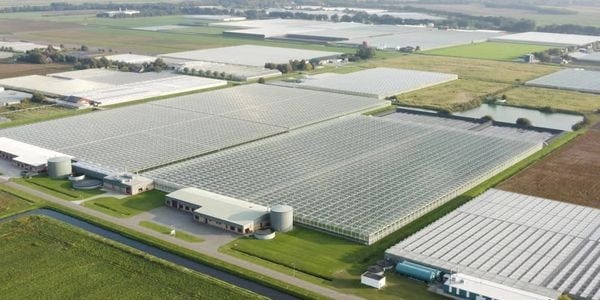
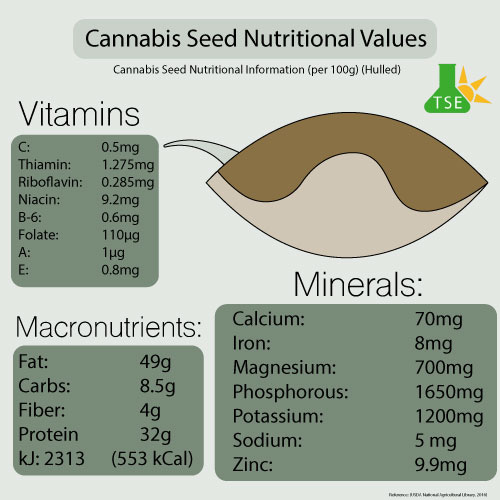

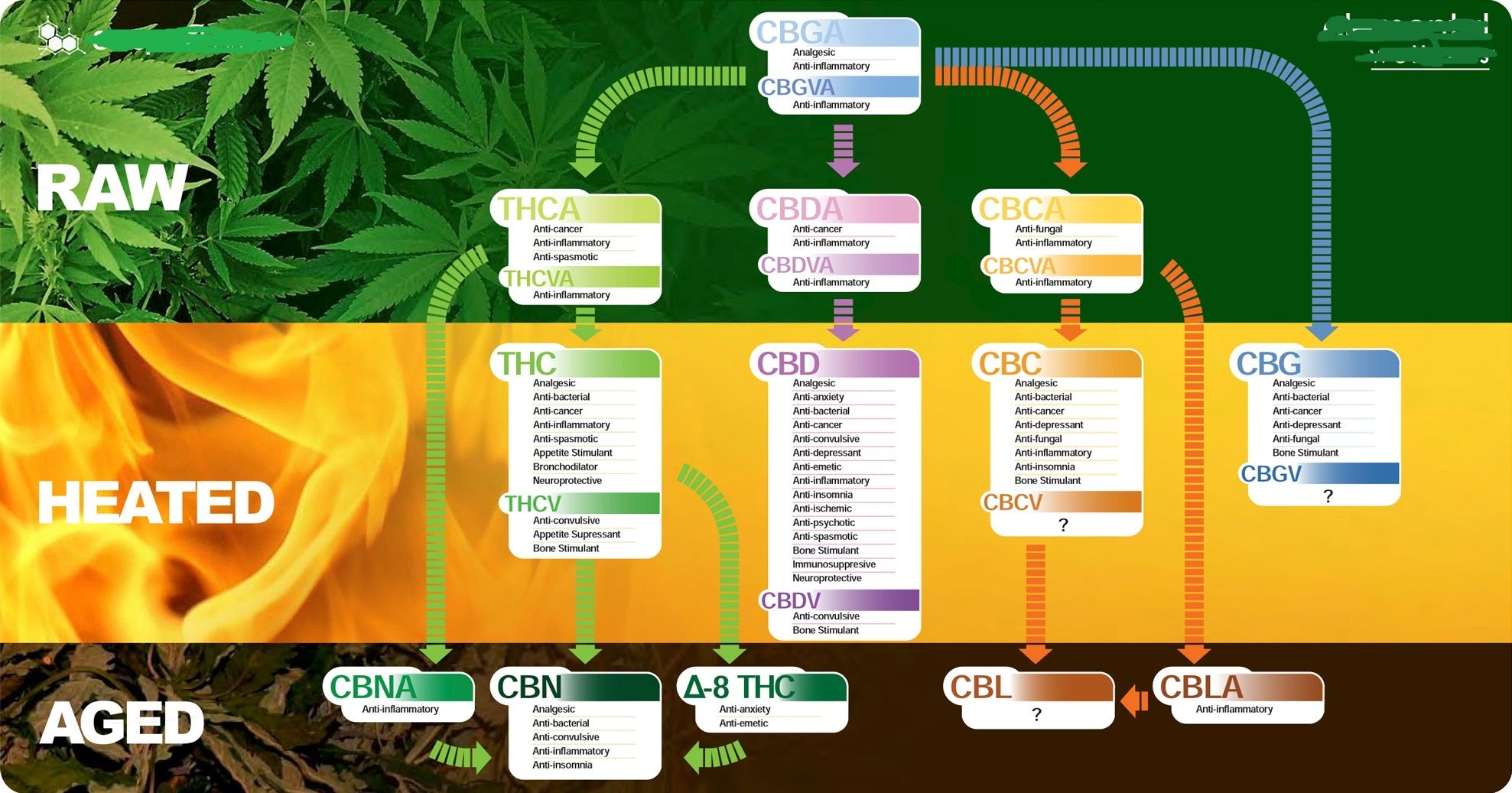

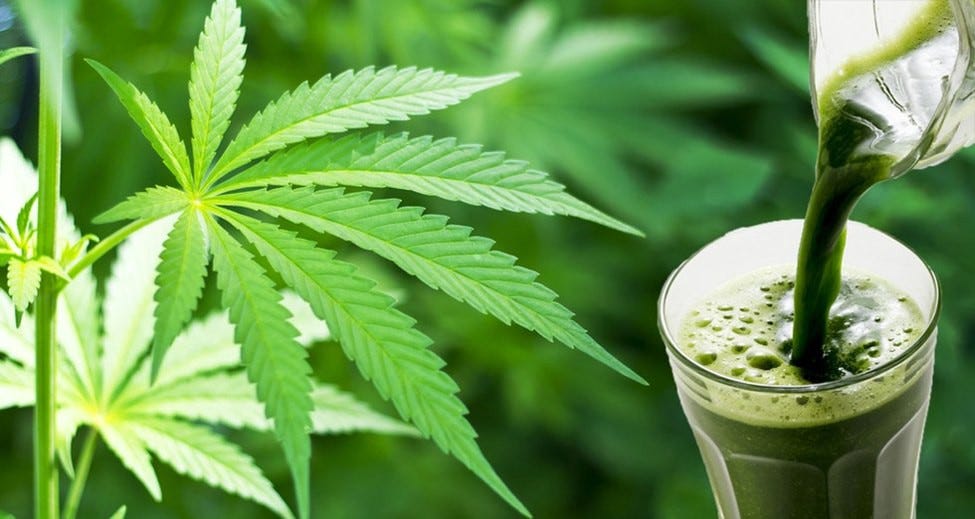






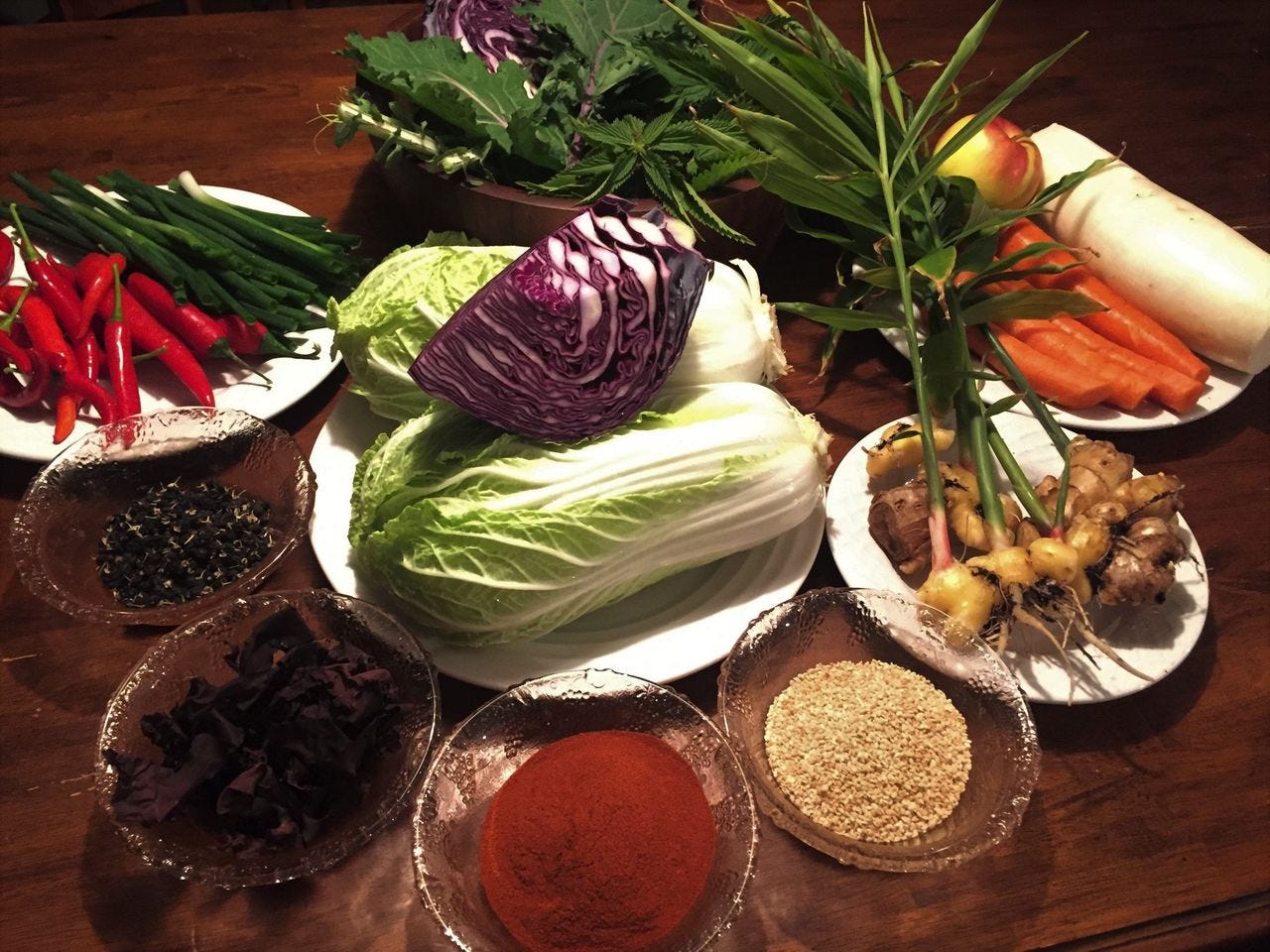

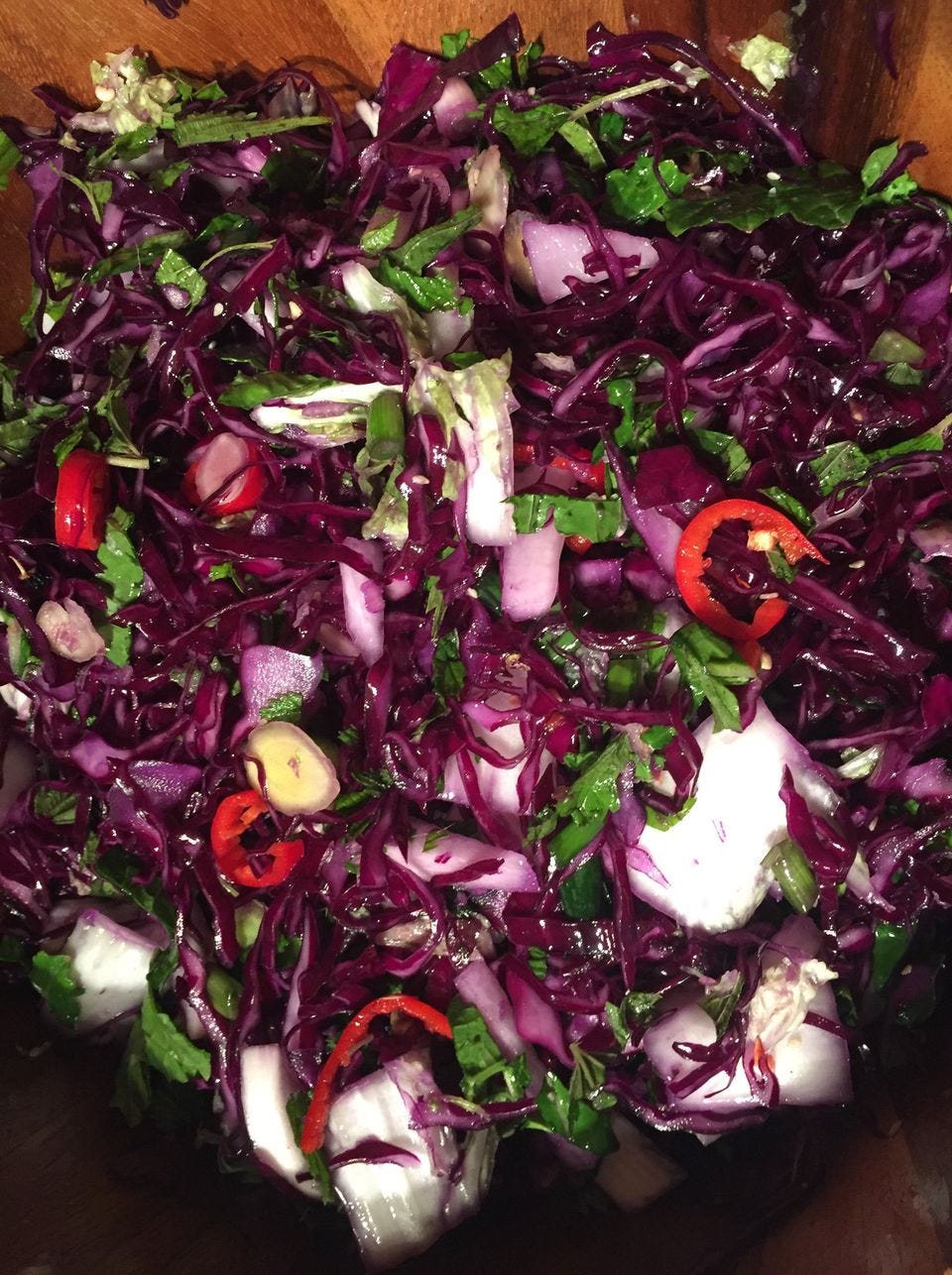

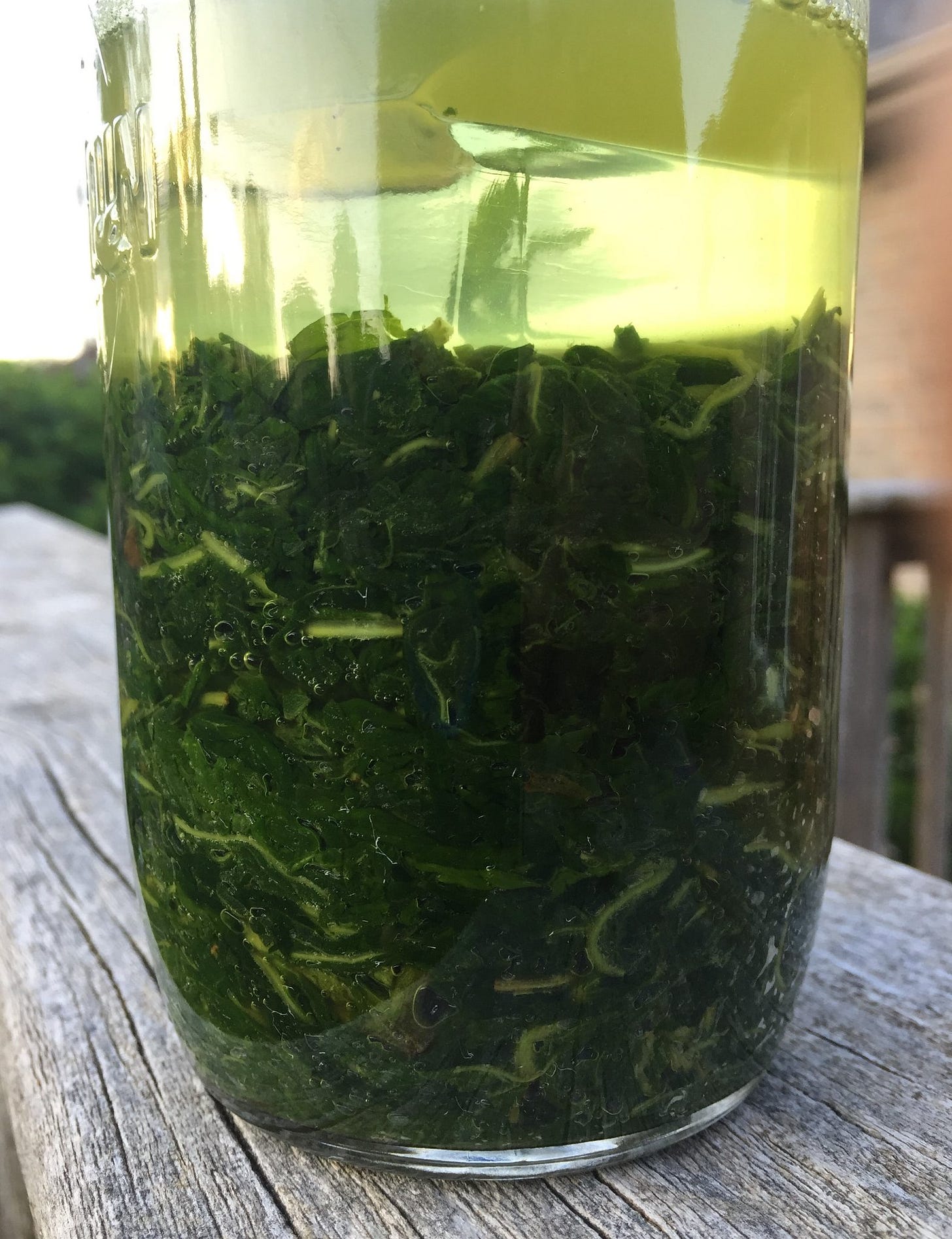

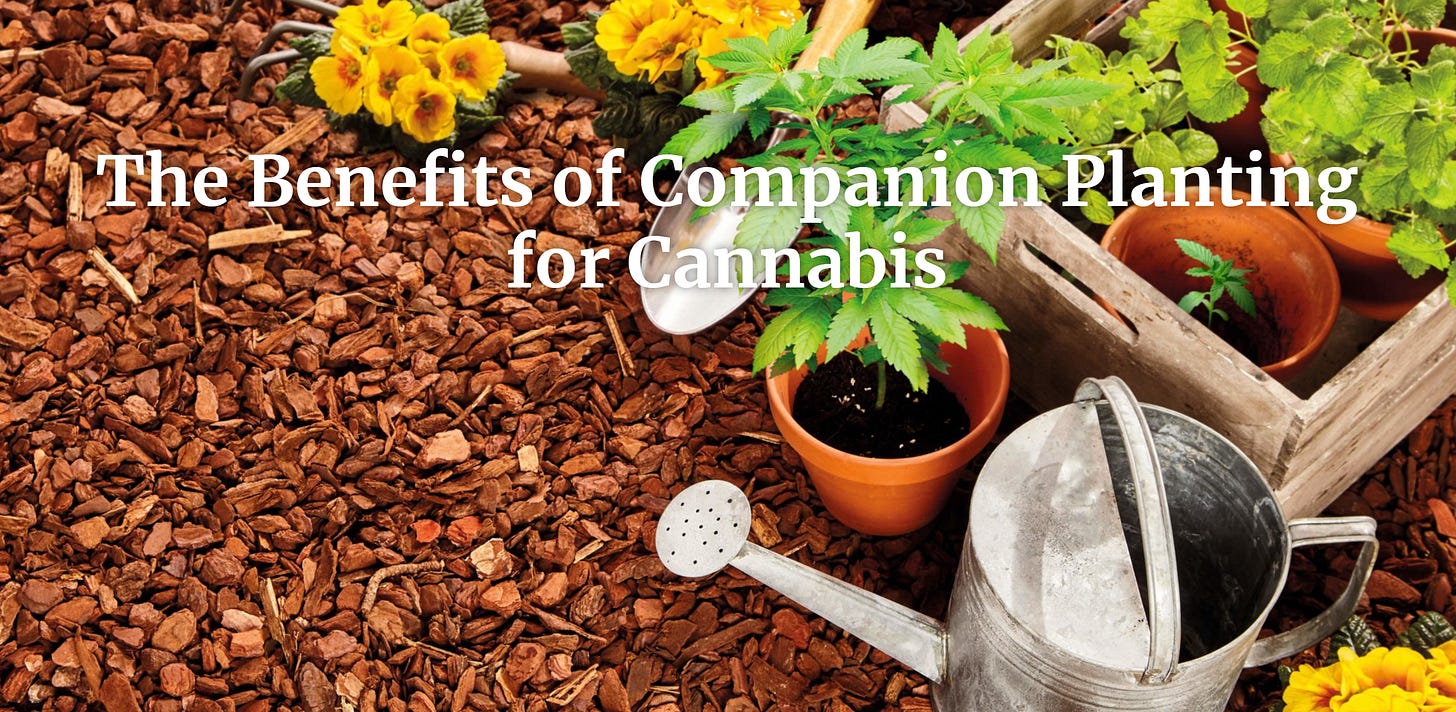

I want to lurk in your kitchen and garden, Gavin!
I would be concerned about bio accumulation of heavy metals and other bad stuff when using cannabis as food. This property can be used to clean up dirty land, but you’d want to dispose of the cannabis offsite.